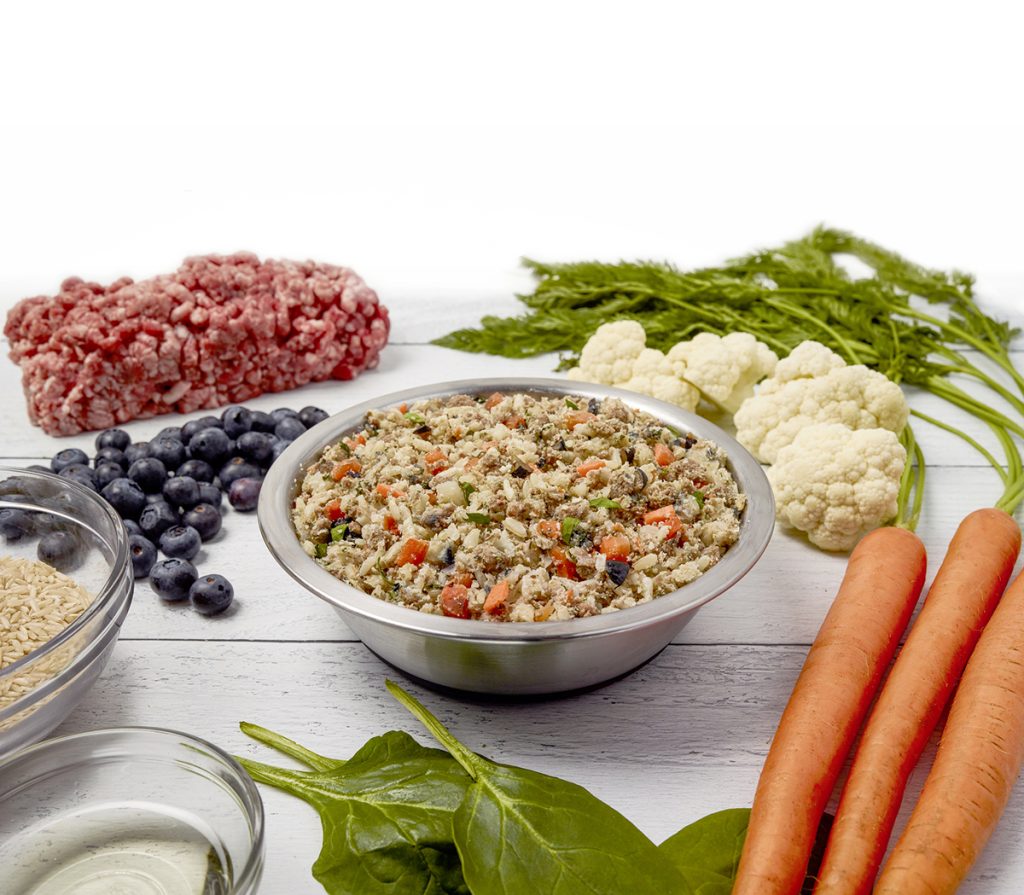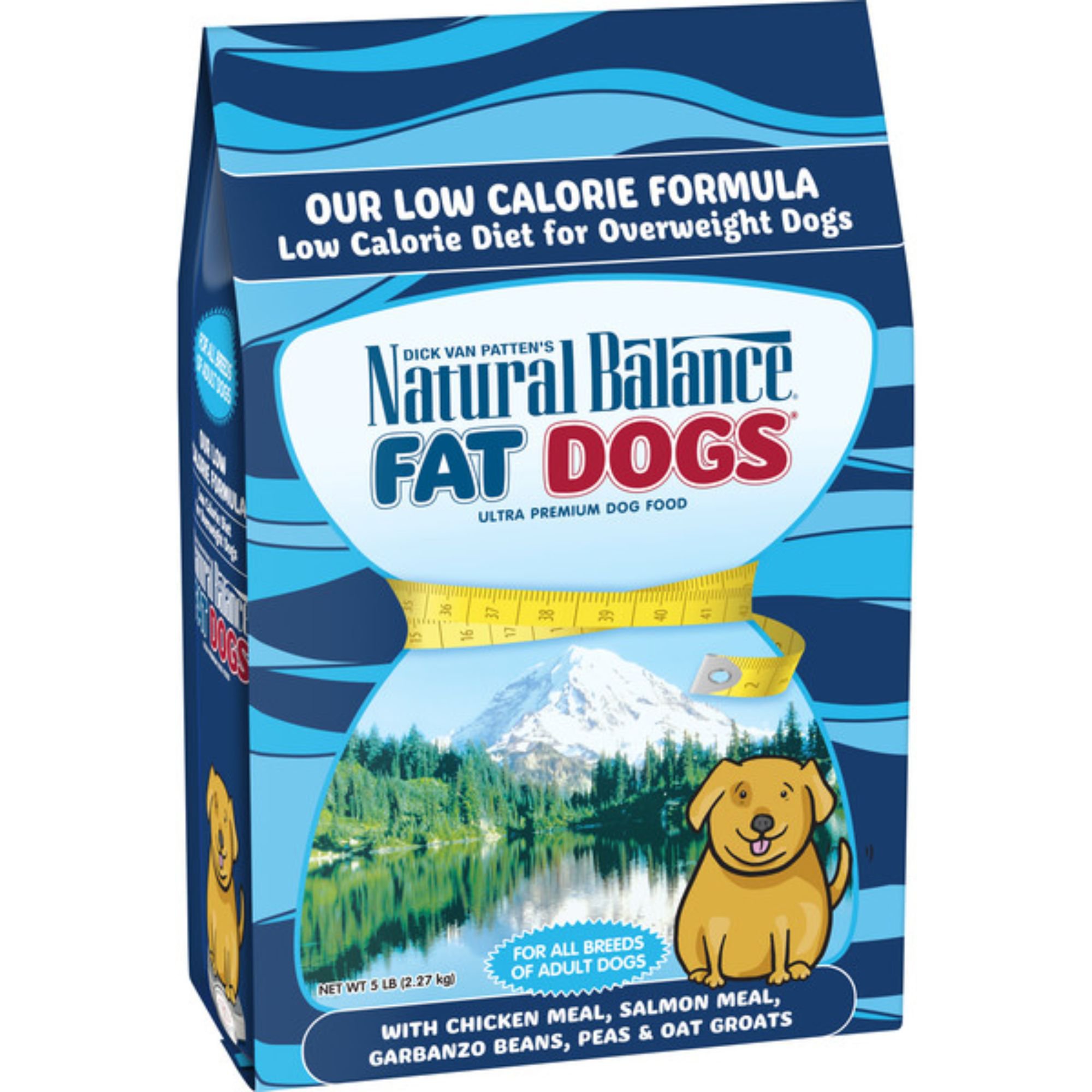Best Low-Fat Treats for Overweight Dogs: A Guide to Healthy Snacking
Obesity in dogs is a growing concern, mirroring human health trends. Overweight dogs are at a higher risk for a host of health problems, including diabetes, arthritis, heart disease, and decreased lifespan. While a well-balanced diet and regular exercise are the cornerstones of weight management for dogs, treats also play a significant role. Choosing the right low-fat treats can make a big difference in your dog’s weight loss journey and overall health.
Why Low-Fat Treats Matter for Overweight Dogs
Traditional dog treats are often high in calories and fat, which can easily derail a weight loss plan. Even small amounts of high-calorie treats can add up quickly, contributing to weight gain or hindering weight loss efforts. Low-fat treats, on the other hand, allow you to reward your dog without significantly increasing their calorie intake. They provide a way to reinforce positive behaviors and strengthen your bond without sabotaging their health goals.
Here’s why low-fat treats are especially important for overweight dogs:
- Calorie Control: Low-fat treats typically have fewer calories per serving than their high-fat counterparts, making it easier to manage your dog’s daily calorie intake.
- Satiety: Some low-fat treats are high in fiber, which can help your dog feel fuller for longer, reducing the urge to beg for more food.
- Health Benefits: Many low-fat treats are made with wholesome ingredients that provide essential nutrients, supporting your dog’s overall health and well-being.
Choosing the Right Low-Fat Treats
With so many dog treats on the market, it can be challenging to find the best low-fat options for your overweight dog. Here are some factors to consider when choosing treats:
- Fat Content: Look for treats with a low-fat percentage, ideally less than 10% on a dry matter basis. Check the nutrition label carefully.
- Calorie Count: Pay attention to the number of calories per treat. Choose treats that are low in calories to minimize their impact on your dog’s daily calorie intake.
- Ingredients: Opt for treats made with natural, wholesome ingredients. Avoid treats that contain artificial colors, flavors, and preservatives.
- Fiber Content: High-fiber treats can help your dog feel fuller and more satisfied. Look for treats that contain ingredients like sweet potato, pumpkin, or oats.
- Protein Content: Protein is essential for building and maintaining muscle mass, which is important for weight loss. Choose treats that contain a moderate amount of protein.
- Size and Texture: Choose treats that are small and easy to chew, especially if your dog is prone to gulping down food. Soft treats are often a good option for older dogs or those with dental problems.
Top Low-Fat Treat Options for Overweight Dogs
Here are some of the best low-fat treat options for overweight dogs, along with their benefits:
-
Vegetable Treats:
- Carrots: Carrots are low in calories and fat, and they’re a good source of fiber and vitamins. They can be given raw or cooked.
- Green Beans: Green beans are another low-calorie, high-fiber option. They can be given raw, cooked, or steamed.
- Cucumber: Cucumber slices are refreshing and low in calories. They’re a good source of hydration.
- Broccoli: Broccoli florets are packed with nutrients and fiber. They can be given raw or cooked.
-
Fruit Treats:
- Apples: Apple slices (without the core and seeds) are a good source of fiber and vitamins.
- Blueberries: Blueberries are low in calories and high in antioxidants.
- Watermelon: Watermelon cubes are refreshing and hydrating, but should be given in moderation due to their sugar content.
-
Lean Protein Treats:
- Cooked Chicken Breast: Small pieces of cooked, unseasoned chicken breast are a high-protein, low-fat treat.
- Cooked Turkey Breast: Similar to chicken, cooked turkey breast is a lean protein source.
- Hard-Boiled Eggs: Hard-boiled eggs are a good source of protein and essential nutrients.
-
Commercial Low-Fat Treats:
- Wellness WellBites Soft Natural Grain Free Puppy Training Treats: Made with lamb and salmon, these treats are low in calories and fat, and they’re grain-free.
- Zuke’s Mini Naturals Healthy Moist Training Dog Treats: These treats are made with natural ingredients and are low in calories and fat.
- Blue Buffalo Health Bars Baked with Oatmeal, Yogurt & Apples: These treats are made with wholesome ingredients and are low in fat and calories.
DIY Low-Fat Dog Treat Recipes
Making your own low-fat dog treats is a great way to control the ingredients and calorie content. Here are a couple of simple recipes:
- Sweet Potato Chews: Slice sweet potatoes into thin strips and bake them at a low temperature (250°F) for several hours until they’re chewy.
- Pumpkin and Oat Bites: Mix pumpkin puree, oats, and a small amount of peanut butter (make sure it’s xylitol-free) and bake them into small cookies.
Important Considerations
- Moderation is Key: Even low-fat treats should be given in moderation. Treats should only make up a small percentage of your dog’s daily calorie intake.
- Consult Your Veterinarian: Before making any significant changes to your dog’s diet, including introducing new treats, consult with your veterinarian. They can help you determine the appropriate calorie intake for your dog and recommend the best low-fat treat options based on their individual needs.
- Read Labels Carefully: Always read the nutrition labels on dog treats to ensure they are low in fat and calories.
- Monitor Your Dog’s Weight: Regularly weigh your dog and monitor their body condition to ensure they are losing weight or maintaining a healthy weight.
- Consider Food Allergies: Always consider if your dog has any food allergies when selecting treats.
Conclusion
Choosing the right low-fat treats is an essential part of managing your overweight dog’s weight and improving their overall health. By selecting treats that are low in calories, fat, and made with wholesome ingredients, you can reward your dog without sabotaging their weight loss efforts. Remember to consult with your veterinarian and monitor your dog’s weight regularly to ensure they are on the right track. With a combination of a healthy diet, regular exercise, and smart treat choices, you can help your dog achieve and maintain a healthy weight and enjoy a longer, happier life.


